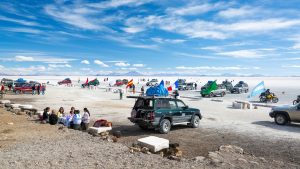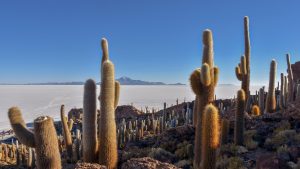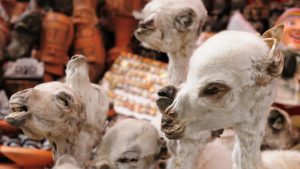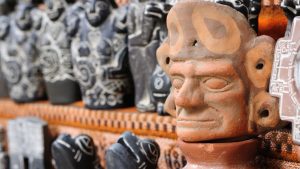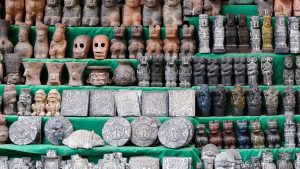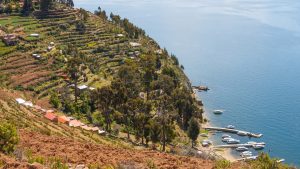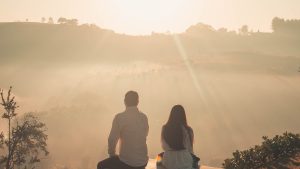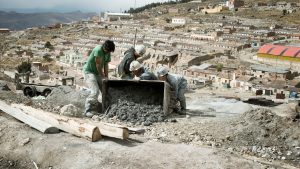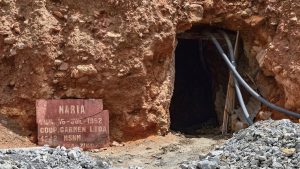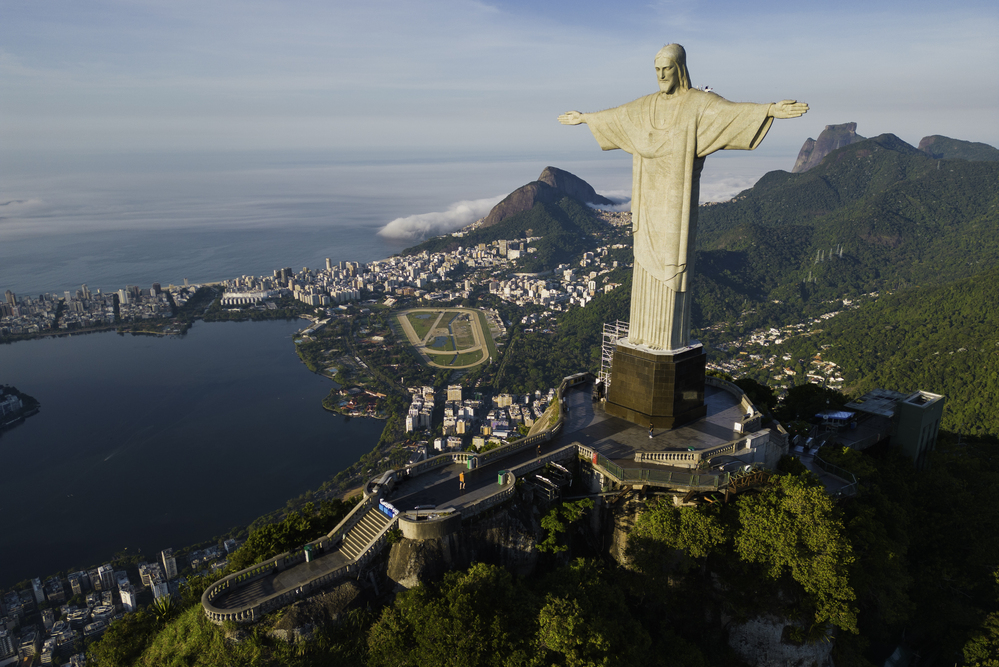Embarking on adventures through South America means being amazed at every stop. Your next travel destination is Bolivia — considered the fourth safest country to visit in South America — and it offers breathtaking landscapes so stunning they almost don’t seem real.
Bolivia is a surprising country full of contrasts, perfect for those seeking adventure, culture, and one-of-a-kind scenery. Beyond its natural beauty, the country is rich in Indigenous traditions, vibrant markets, and historic cities that speak volumes about its culture. Traveling through Bolivia is diving into an authentic world full of unforgettable discoveries. If you’re looking for things to do in Bolivia, this article will guide you through the top destinations and what to do in each of them.
Bolivia: Territory, History, and Culture
A Wealth That Goes Far Beyond Altitude
Bolivia is a fascinating country in every sense. Located in the heart of South America, it shares borders with six countries: Brazil, Peru, Chile, Argentina, Paraguay, and, despite being a landlocked nation, it has an extremely varied geography. Its territory is divided into three major regions: the Altiplano (a high plateau where cities like La Paz and Potosí are located), the valleys (with milder climate and dense vegetation), and the lowlands region (to the east, with tropical forests and savannas). This diversity of landscapes makes Bolivia a land full of contrasts, perfect for those seeking adventure and contact with nature.

But Bolivia is not limited to its natural beauty. Its history is one of the richest on the continent. Long before the arrival of Spanish colonizers, the Bolivian territory was inhabited by various Indigenous civilizations, with the Tiwanaku and, later, the Incas being the most well-known peoples. Archaeological ruins such as those of Tiwanaku can still be visited today and are a true journey through time. Starting in the 16th century, with Spanish colonization, cities like Potosí became centers of mineral exploitation and symbols of colonial wealth — although this wealth, unfortunately, was built upon great suffering of the Indigenous peoples.

Bolivia gained its independence from Spain in 1825, and its name is a tribute to the liberator Simón Bolívar. Since then, the country has gone through various turbulent political moments, including territorial disputes with neighboring countries, such as the war with Chile that resulted in the loss of access to the sea. Despite these hardships, Bolivia has built a strong national identity, marked by resilience and pride in its Indigenous roots.
And it is precisely in culture that this heritage is most vividly expressed. Bolivia is one of the Latin American countries with the strongest Indigenous presence. Over 60% of the population is of Indigenous origin, and the country has 37 official languages, including Spanish, Quechua, Aymara, and Guarani. This ethnic diversity is reflected in every aspect of Bolivian life: in the colorful clothing, in Andean rituals, in folk music, in traditional dances such as the morenada and the diablada, and even in its cuisine, which blends native ingredients with colonial influences.
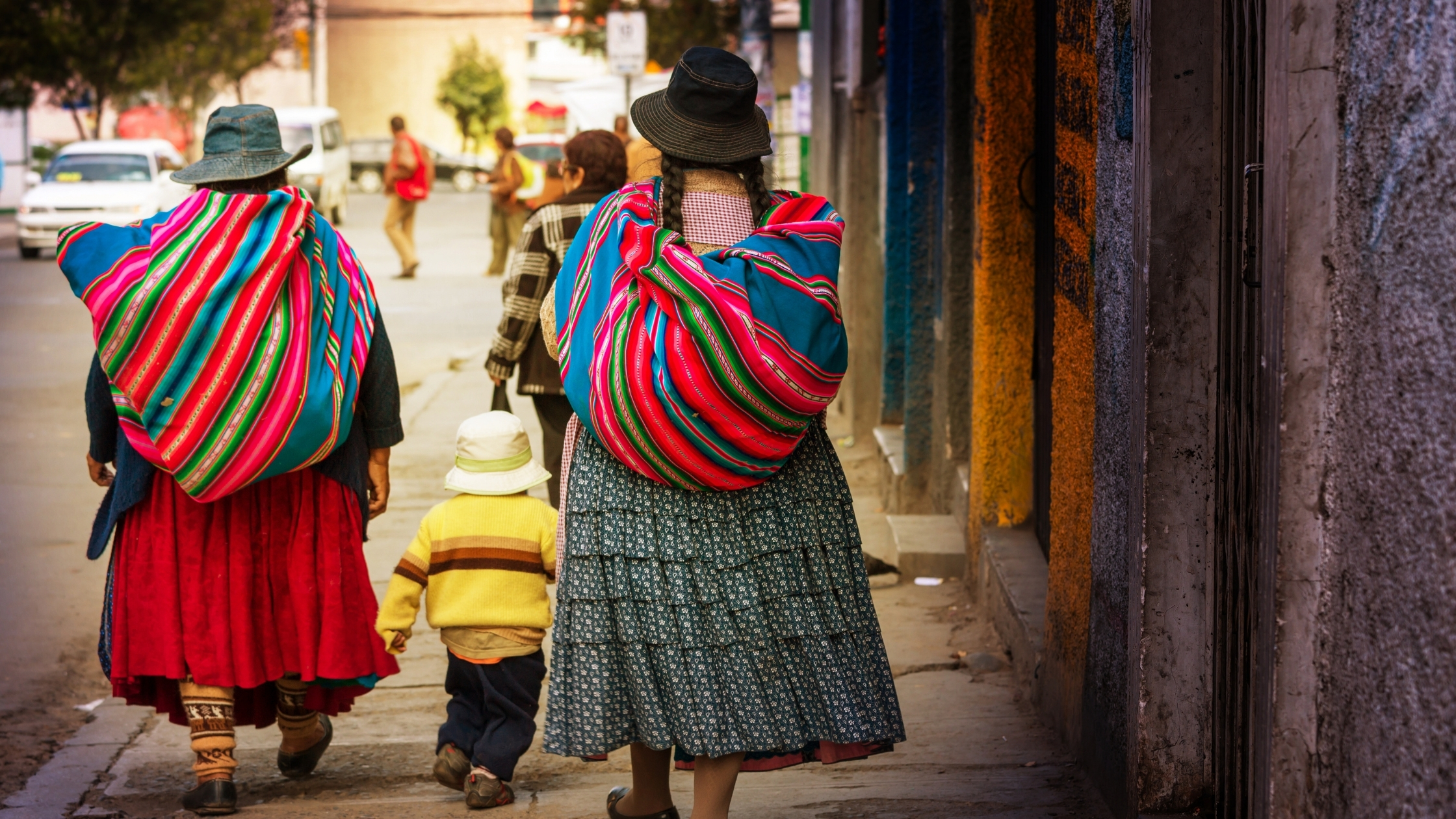
Main Tourist Destinations
Traveling through Bolivia is more than just visiting new places — it’s diving into a living culture, rich in traditions and in direct connection with its ancestry. Every city, village, or landscape tells a story and holds a piece of the Bolivian soul. It’s a destination that surprises not only because of its altitude, but because of the cultural depth it carries. Come along with me and discover what to do in Bolivia and its main destinations.
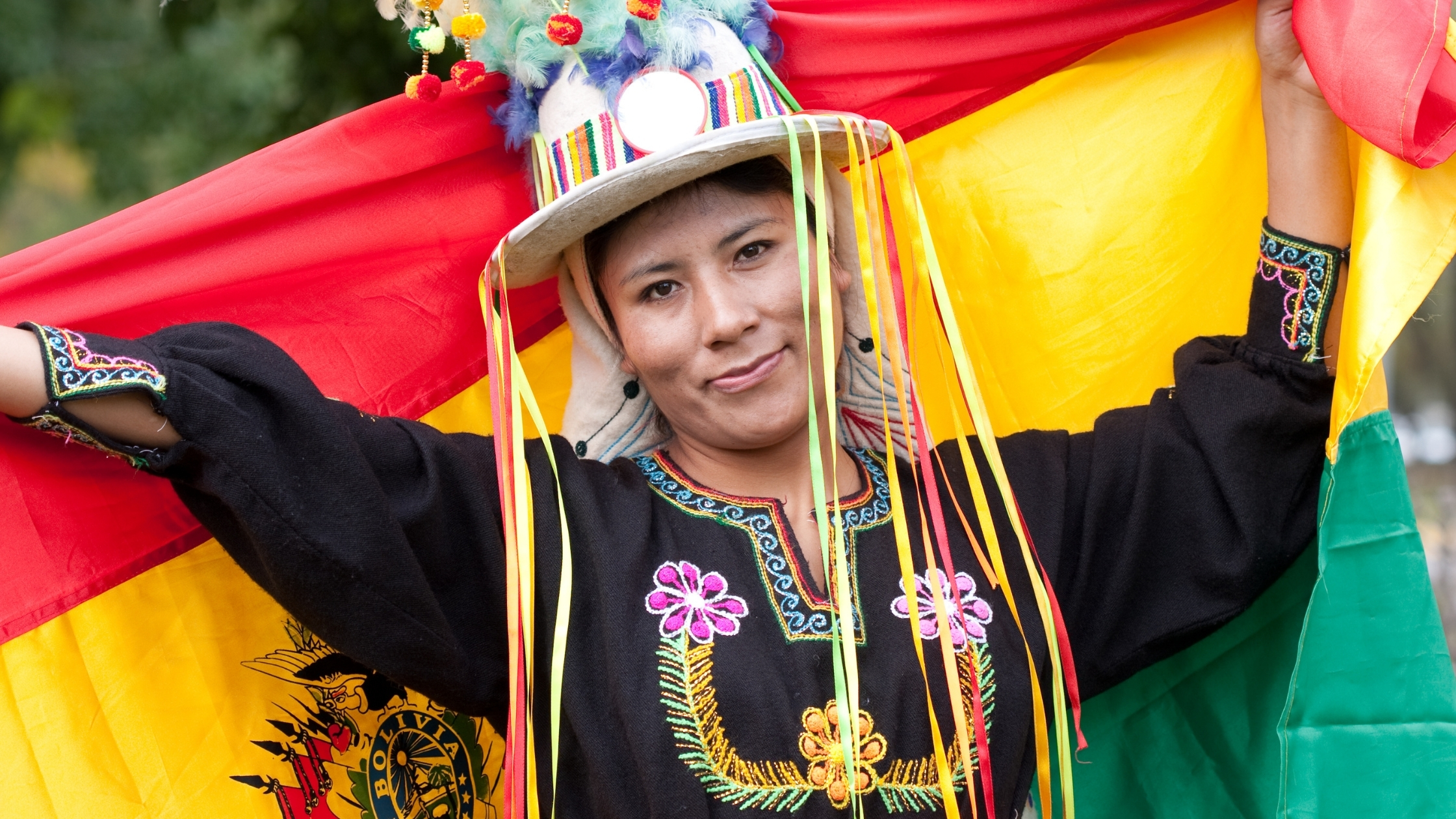
Salar de Uyuni: An Unforgettable Journey Through the World’s Largest Salt Flat
Traveling to the Salar de Uyuni feels like visiting another planet, and it’s no wonder it ranks among the top 7 destinations in South America to visit. Located in southwestern Bolivia, this is the largest salt flat in the world and one of the most stunning places in South America. Spanning over 10,000 km², the salar offers surreal landscapes that change with the seasons: during the dry season, from May to November, the ground is white and cracked; in the rainy season, from December to April, a thin layer of water turns the surface into a giant mirror that reflects the sky. It’s a truly magical setting. Come find out what to do at the Salar de Uyuni.

But the Salar offers much more than just beautiful landscapes. There are plenty of activities for those who want to explore the region. You can take 4×4 jeep tours that include stops at unique attractions such as Incahuasi Island — covered in giant cacti — and the famous Train Cemetery, where old rusted locomotives lie abandoned in the middle of nowhere.
Other remarkable experiences include perspective photos, which have become a kind of “tradition” among visitors, and the chance to sleep in hotels made entirely of salt. Additionally, some itineraries extend for days and include visits to colorful lagoons, geysers, deserts, and volcanic formations in the Bolivian highlands.

The Salar de Uyuni is the kind of place that impresses even those who have seen a lot. Every minute there is a new surprise — and a memory that will stay with you forever.
La Paz: A City Full of Contrasts and Surprises
La Paz is one of those cities that surprises you as soon as you arrive. Located at over 3,600 meters above sea level, among the imposing mountains of the Andes, the administrative capital of Bolivia mixes the modern with the traditional, urban chaos with breathtaking landscapes. It is a place where the old and the new walk side by side — and this makes La Paz a unique destination for the most curious travelers. Let me show you the things to do in La Paz.

One of the first must-do activities is riding the famous cable car, the largest cable transportation system in the world. Besides being a practical means of getting around, it offers incredible views of the entire city. For those who enjoy culture, the historic center houses colonial buildings, old churches, and museums such as the Museum of Ethnography and Folklore, which helps to understand the country’s cultural diversity.

Another remarkable spot is the Witches’ Market, where you can find everything from typical handicrafts to items used in traditional rituals. It is a mystical and colorful place. Not far from there, you can visit the Valley of the Moon, a rocky landscape sculpted by erosion that truly looks like it came from another planet.
For the more adventurous, La Paz also serves as a starting point for the famous Death Road, an adrenaline-filled bike ride, and for Mount Chacaltaya, a mountain that was once a ski resort and still has snow in some spots.
With its vibrant energy, strong indigenous traditions, and a view that never gets old, La Paz is the kind of city that invites you to explore at your own pace — and be surprised at every corner.
Lake Titicaca and Isla del Sol
Lake Titicaca is one of the most fascinating destinations in Bolivia and all of South America. Located at over 3,800 meters above sea level, it is considered the highest navigable lake in the world and offers breathtaking landscapes. With crystal-clear waters, mountains in the background, and a tranquil atmosphere, visiting Titicaca is like entering a sacred place — and indeed it is: it is surrounded by legends and spirituality for the Andean peoples. Come see the things to do at Lake Titicaca.

The main base for exploring the lake on the Bolivian side is the charming town of Copacabana, which has a beautiful waterfront, craft markets, and the famous Basilica of Our Lady of Copacabana. From there, you can take a boat to one of the most special places in the region: Isla del Sol.

Isla del Sol (Island of the Sun) is considered the birthplace of the Inca civilization. There, you can hike with spectacular views, visit archaeological ruins such as the Inca Staircase and the Fountain of Youth, and meet local communities that keep ancient traditions alive. The island is rustic, with simple villages, and has no cars — which makes the experience even more authentic and peaceful.

Walking around the island, admiring the sunset over the lake, and talking to the locals are activities that make the trip special. If you have time, it’s also worth visiting Isla de la Luna (Island of the Moon), smaller and equally charming. Lake Titicaca and Isla del Sol offer a unique blend of nature, culture, and history. It is a journey that touches the soul and stays in the memory of those who allow themselves to live this experience.
Sucre
Sucre, known as the “White City” of Bolivia, is a charming destination that combines colonial charm, history, and pleasant weather all year round. It is considered the constitutional capital of the country and was where Bolivian independence began to take shape. Its cobblestone streets, white-painted colonial mansions, and old churches give the city a romantic and tranquil atmosphere, perfect for those looking to experience Bolivian culture at a leisurely pace. Here are the things to do in Sucre.

One of the main attractions is the Historic Center, declared a World Heritage Site by UNESCO. Walking there is like stepping back in time. Visit the Plaza 25 de Mayo, where the Metropolitan Cathedral and the Casa de la Libertad Museum are located, the place where Bolivia’s declaration of independence was signed.
Another interesting excursion is to climb up to the Mirador Recoleta, a viewpoint with a beautiful view of the city and a monastery next to it. It is a great place to take photos and relax. Nearby, the ASUR Indigenous Art Museum showcases the richness of the Andean peoples through weavings and traditional pieces.

For those curious about paleontology, the Cretaceous Park impresses with fossils and real dinosaur footprints preserved on a gigantic wall. It is a unique experience, especially if you are with children or passionate about natural history.
Additionally, Sucre has vibrant local markets, such as the Central Market, where you can try juices, fruits, and typical foods. The city is also famous for its artisanal chocolate — don’t leave without trying it!

Sucre é uma cidade tranquila, segura e cheia de história. Ideal para quem quer explorar a Bolívia com mais profundidade e se encantar com sua cultura e beleza.
Potosí
Potosí é uma das cidades mais altas do mundo, localizada a mais de 4.000 metros de altitude, e guarda um passado impressionante ligado à mineração de prata. Durante o período colonial, foi uma das cidades mais ricas das Américas, graças ao lendário Cerro Rico, uma montanha cheia de prata que abasteceu o Império Espanhol por séculos. Hoje, Potosí atrai viajantes interessados em história, cultura e experiências autênticas. Caso você seja esse tipo de turista, aqui te mostro as coisas para fazer em Potosí.
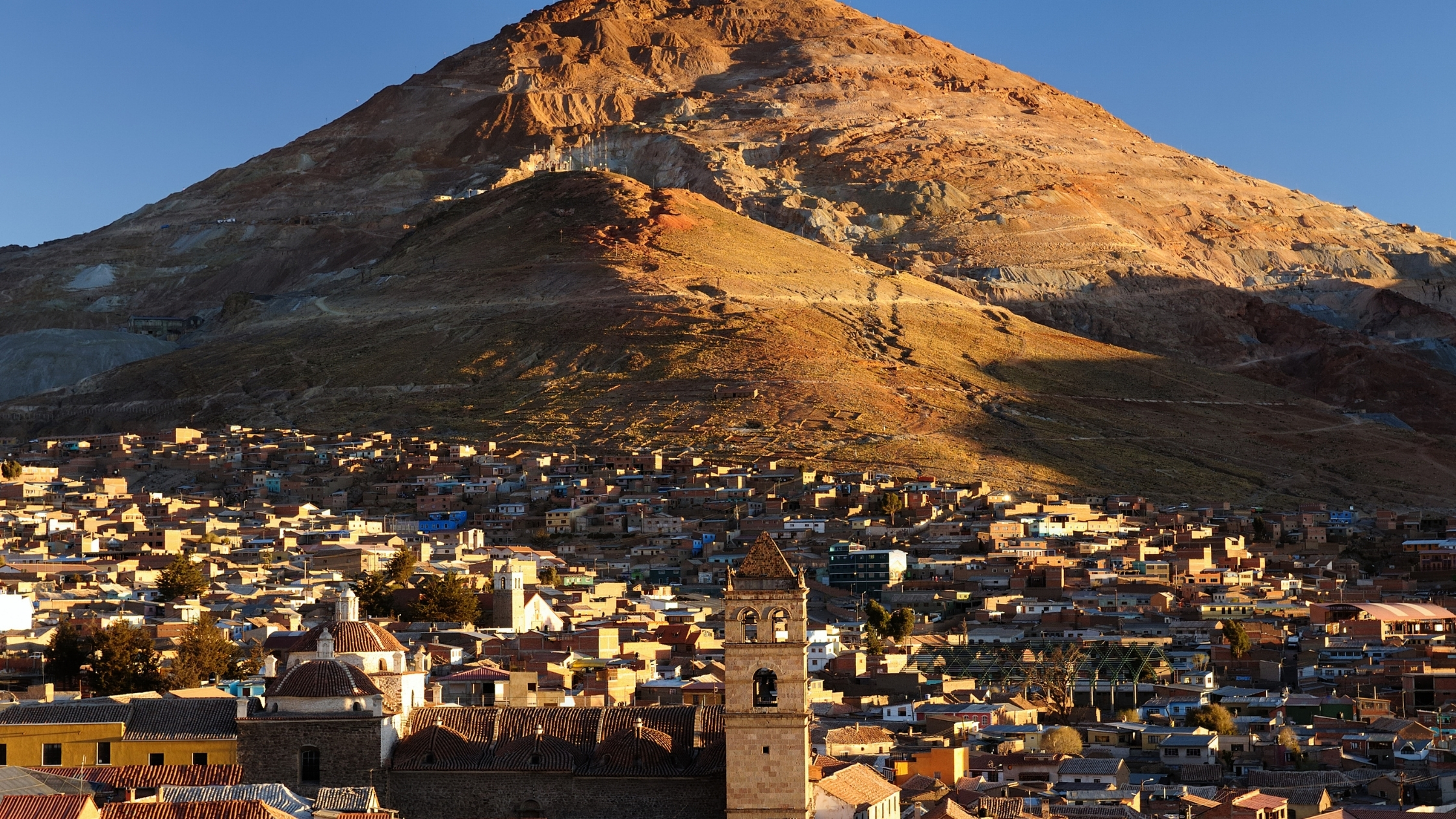
One of the most impactful tours is the visit to the Cerro Rico mines. With the guidance of experienced guides, it is possible to explore the tunnels and understand the reality of the miners who still work there. It is a powerful experience that helps to better understand the history and challenges of the city.
In the historic center, you will encounter beautiful colonial buildings, churches, and museums. The National Mint is one of the must-see attractions — a fascinating museum that shows how coins were minted during the colonial era and holds an incredible collection about the history of mining and money in Bolivia.

The city also has several old churches, such as the Cathedral of Potosí and the Church of San Lorenzo, both with beautiful architectural details. For a panoramic view of the city, it is worth climbing up to the viewpoint of the Tower of the Society of Jesus, which offers a charming view of the center and the surrounding mountains.

Walking through the streets of Potosí is like walking through an open-air museum. The city has a unique atmosphere, with local markets, cozy cafes, and hospitable people. Despite the cold and altitude, Potosí is a destination that surprises with its cultural richness and living history.
Santa Cruz de la Sierra
Santa Cruz de la Sierra is a vibrant, modern, and lively city located in the eastern region of Bolivia. Unlike cities like La Paz and Potosí, which are at high altitudes, Santa Cruz is in a tropical climate region, with warmer temperatures and green landscapes. It is a destination that surprises with its mix of tradition and modernity, and it is also a great starting point for exploring other natural beauties of Bolivia. Let me show you the things to do in Santa Cruz de La Sierra.

One of the main tourist attractions in the city is the Plaza 24 de Septiembre, located in the historic center. Around it are the imposing Metropolitan Cathedral and several cafes, restaurants, and shops that make the visit even more enjoyable. It is a great place to watch the city’s hustle and bustle and relax in the shade of the trees.
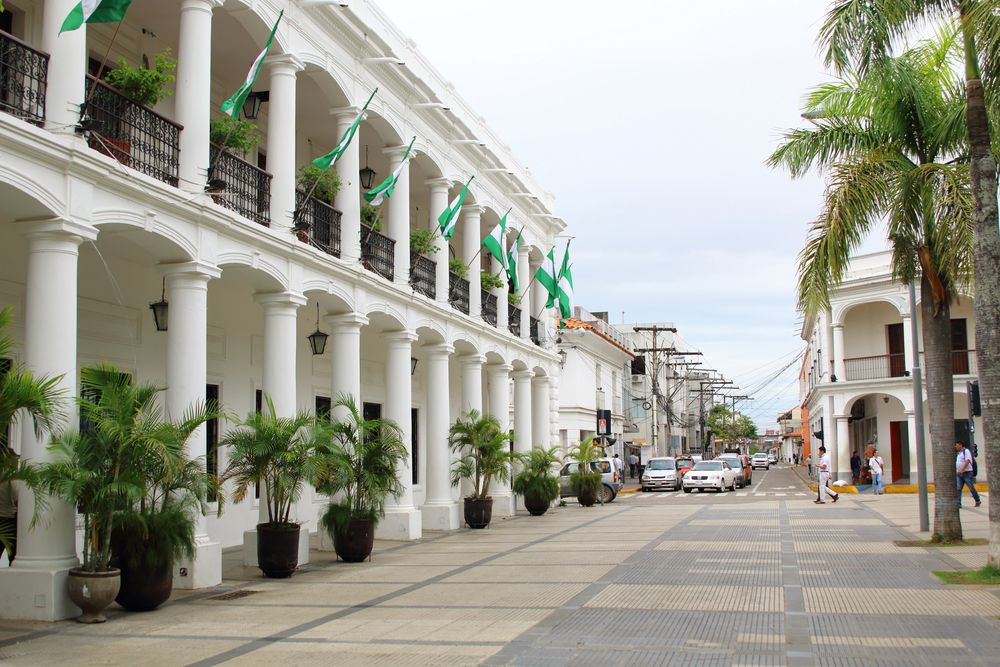
For those who enjoy nature, the Botanical Garden and Lomas de Arena Park are great options. The latter is a park with huge sand dunes, where it’s possible to go hiking, have picnics, and even do some sandboarding. Another interesting outing is visiting the Güembé Biocenter, an ecological complex with a butterfly house, natural pools, and trails surrounded by nature.

If you want to learn more about the local culture, it’s worth visiting the Popular Markets, such as the Los Pozos Market, where you can find everything: typical foods, clothing, handicrafts, and more. And if you have time, an excellent idea is to take a day trip to the Jesuit Missions of Chiquitos, which are nearby and a UNESCO World Heritage Site.

Santa Cruz is a welcoming and surprising city, with a contagious energy and many options for those who want to experience a different Bolivia, more tropical and relaxed.
How to Get to Bolivia: Guide for Brazilians and Foreigners
The country is a neighbor of Brazil and is well connected with other South American countries, which makes it quite easy to arrive, both for Brazilians and foreigners.

If you are Brazilian, the most practical way to get to Bolivia is by plane. There are direct flights from cities like São Paulo and Campinas to Santa Cruz de la Sierra, which is the main air entry point in the country. It is also possible to find flights with connections to La Paz and Cochabamba. For those who prefer to travel by land, there are bus routes that connect Brazilian cities such as Corumbá (MS), Cuiabá (MT), and Rio Branco (AC) to various Bolivian regions. The land crossing is safe but can be more time-consuming, so it is worth planning carefully.
For foreigners who are already in Brazil, the options are similar. It is possible to take flights with connections from the main Brazilian capitals or follow land routes. In the case of foreigners, it is important to check the visa requirement before the trip, as the rules change according to nationality.
Both Brazilians and foreigners must carry a valid passport, but Brazilians can also enter with an original RG in good condition. The yellow fever vaccine is required for all travelers.
Whether by air or land, the important thing is to prepare well and enjoy every moment of this destination full of history, colors, and impressive landscapes.
When is the Best Time to Visit Bolivia?
Bolivia is a fascinating country, but before packing your bags, it is important to know the best time to visit, as the climate can greatly influence your experience there. This way, you can more safely choose the best things to do in Bolivia.

In general, the best time to visit Bolivia is from May to October, during the dry season. During this period, the weather tends to be more stable, with less rain, which makes outdoor activities, hiking, visits to ruins, and travel between cities easier. It is also the ideal time to explore places like the Salar de Uyuni, as the salt flats are dry and accessible for vehicles.

Between November and April, the rainy season occurs. Although it is a period with more rain, it also has its advantages. At the beginning of the year, for example, the Salar de Uyuni transforms into a vast mirror of water, creating surreal and perfect landscapes for photos. The vegetation also becomes greener and more lush in some regions, such as around Santa Cruz de la Sierra and in the Amazon region of the country.
If you plan to visit various regions of Bolivia — such as La Paz, Sucre, Potosí, Lake Titicaca, and the Salar itself — it is ideal to go during the dry season to avoid weather-related surprises. However, if your focus is to see the “mirror” of the salt flat, the rainy season might be the perfect choice.
The tip is always to check the weather of the region you intend to visit and plan calmly. This way, your trip to Bolivia will be even more unforgettable!
Sure! Here is an introduction of about 300 words, in clear and simple language, ideal for a travel blog, about useful tips for traveling to Bolivia:
Useful Tips for Traveling to Bolivia
To make the most of the experience, it is important to prepare well. In addition to knowing the things to do in Bolivia, here are some useful tips that can make all the difference in your trip.

The first tip is about documentation. Brazilians do not need a visa to enter Bolivia for tourism for up to 90 days. Just present a valid passport or even an RG in good condition. However, the passport is always recommended. In addition, proof of yellow fever vaccination is required, especially if you are visiting forest areas or tropical regions.
Another important point is the altitude. Many Bolivian cities, such as La Paz and Potosí, are located more than 3,000 meters above sea level. It is common for tourists to feel the effects of altitude, such as shortness of breath, headache, and fatigue. Therefore, take it easy in the first few days, stay well hydrated, and avoid alcohol in the first 24 hours.
As for the currency, the official one is the Boliviano (BOB). It is possible to exchange reais or dollars at exchange offices in the main cities. Carry cash, as cards are not always accepted, especially in more remote locations.
Finally, be open to the local culture, which is rich and full of indigenous traditions. Learning a few words in Spanish can also help a lot with communication. With these simple tips, your trip to Bolivia will be much smoother and unforgettable!
Conclusion: Is It Worth Traveling to Bolivia?
Traveling to Bolivia is a unique and surprising experience. The country may be less publicized than other South American destinations, but that is precisely what makes it special. Bolivia offers an incredible mix of nature, culture, and history, all at more affordable prices for those traveling on a tight budget.

From the impressive Salar de Uyuni to the calm waters of Lake Titicaca, passing through the colonial streets of Sucre and Potosí, every corner of Bolivia holds something remarkable. La Paz, with its altitude and vibrant energy, is a destination that both challenges and enchants at the same time. And we cannot forget the Isla del Sol, the Mercado de las Brujas, and the trails that cross breathtaking Andean landscapes.

Beyond the natural beauties, the Bolivian people are welcoming and full of stories to tell. The indigenous culture is present in the clothing, food, music, and traditions, offering visitors a true immersion. It is the kind of trip that transforms, teaches, and stays in memory for a long time.

For Brazilians, access is easy, no visa is required, and even the language – Spanish – is easy to understand and learn the basics. With simple planning, you can create an unforgettable itinerary.
Therefore, if you are thinking of visiting Bolivia, go ahead! It is a country that deserves to be explored with an open mind and an adventurous spirit. And the best part: you return home with a suitcase full of authentic experiences, incredible photos, and the certainty that you have discovered one of the most surprising destinations in South America.

